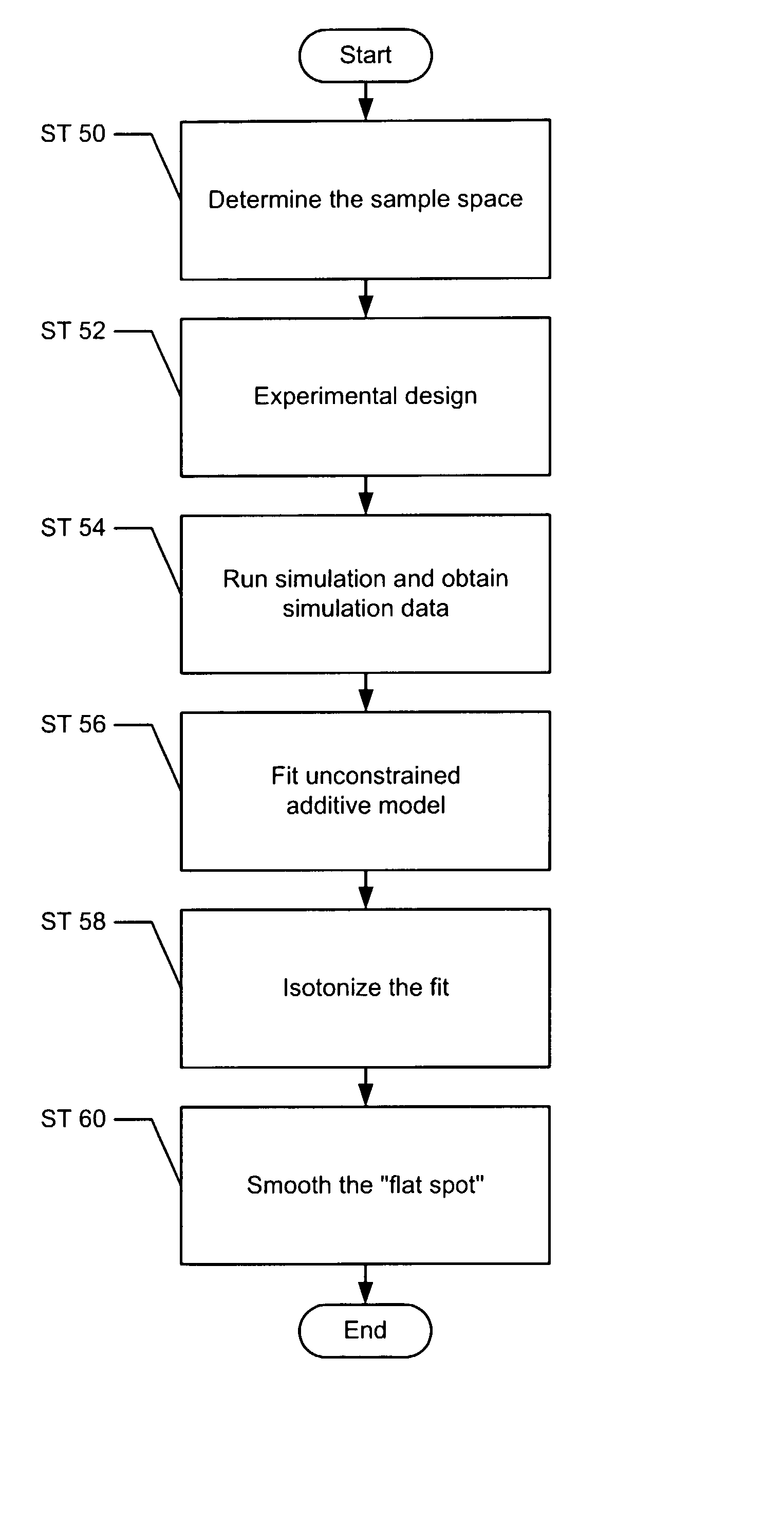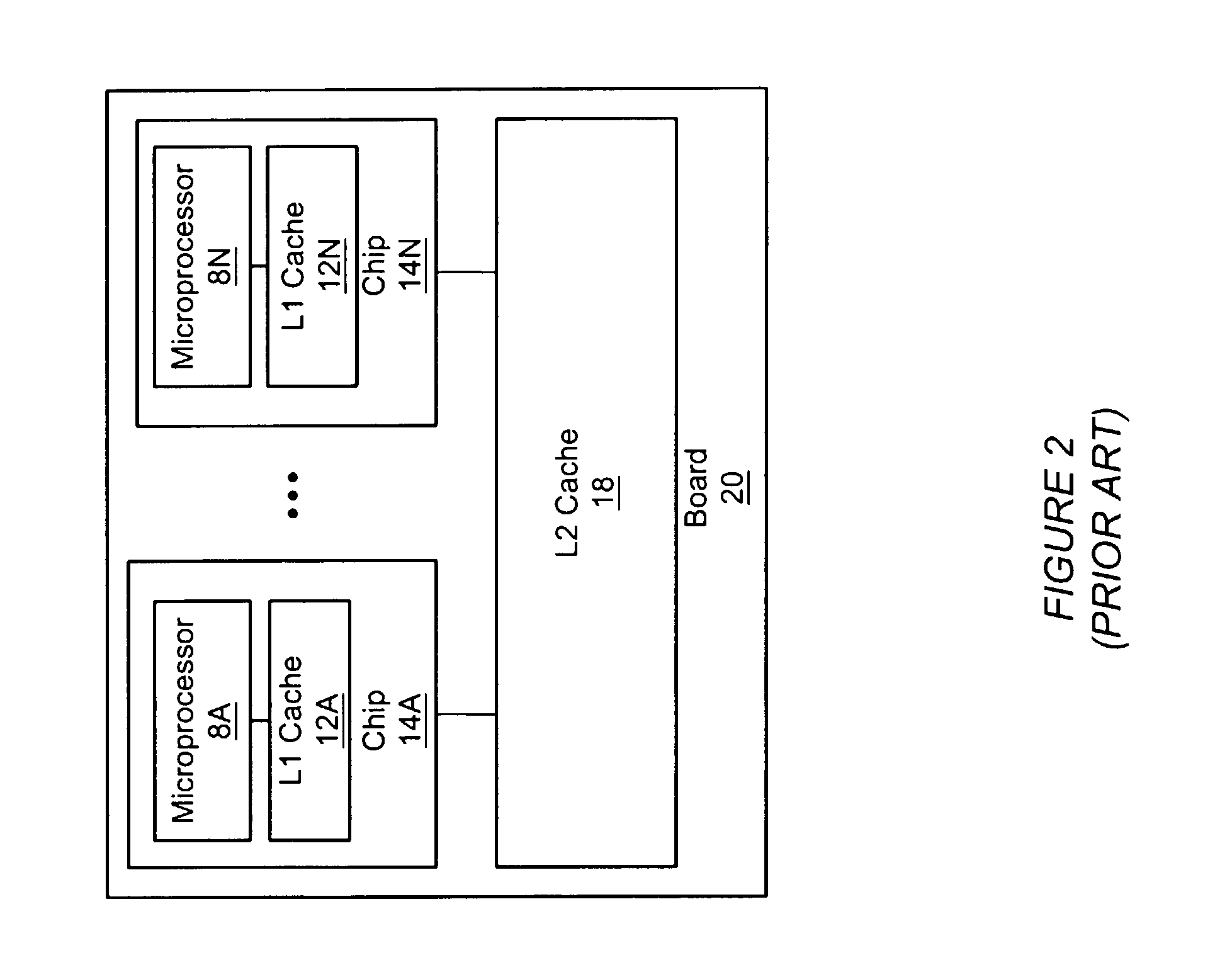Isotonic additive models in workload characterization
a workload and additive model technology, applied in the direction of memory address/allocation/relocation, program control, instruments, etc., can solve the problem that the process of writing is generally a very expensive process in terms of process time, and the majority of programs do not access data uniformly
- Summary
- Abstract
- Description
- Claims
- Application Information
AI Technical Summary
Benefits of technology
Problems solved by technology
Method used
Image
Examples
Embodiment Construction
[0021]Exemplary embodiments of the invention will be described with reference to the accompanying drawings. Like items in the drawings are denoted by the same reference numbers throughout the figures for consistency.
[0022]In the following detailed description of the invention, numerous specific details are set forth in order to provide a more thorough understanding of the invention. However, it will be apparent to one of ordinary skill in the art that the invention may be practiced without these specific details. In other instances, well-known features have not been described in detail to avoid obscuring the invention.
[0023]Simulation is a useful tool in determining the performance of the cache architecture. Given workload traces (i.e., a set of traces that are executed by the microprocessors that emulate sets of typical instructions) and the cache architecture, the performance, e.g., hit / miss rates, of that cache architecture may be simulated. For a given set of cache architectural...
PUM
 Login to View More
Login to View More Abstract
Description
Claims
Application Information
 Login to View More
Login to View More - R&D
- Intellectual Property
- Life Sciences
- Materials
- Tech Scout
- Unparalleled Data Quality
- Higher Quality Content
- 60% Fewer Hallucinations
Browse by: Latest US Patents, China's latest patents, Technical Efficacy Thesaurus, Application Domain, Technology Topic, Popular Technical Reports.
© 2025 PatSnap. All rights reserved.Legal|Privacy policy|Modern Slavery Act Transparency Statement|Sitemap|About US| Contact US: help@patsnap.com



